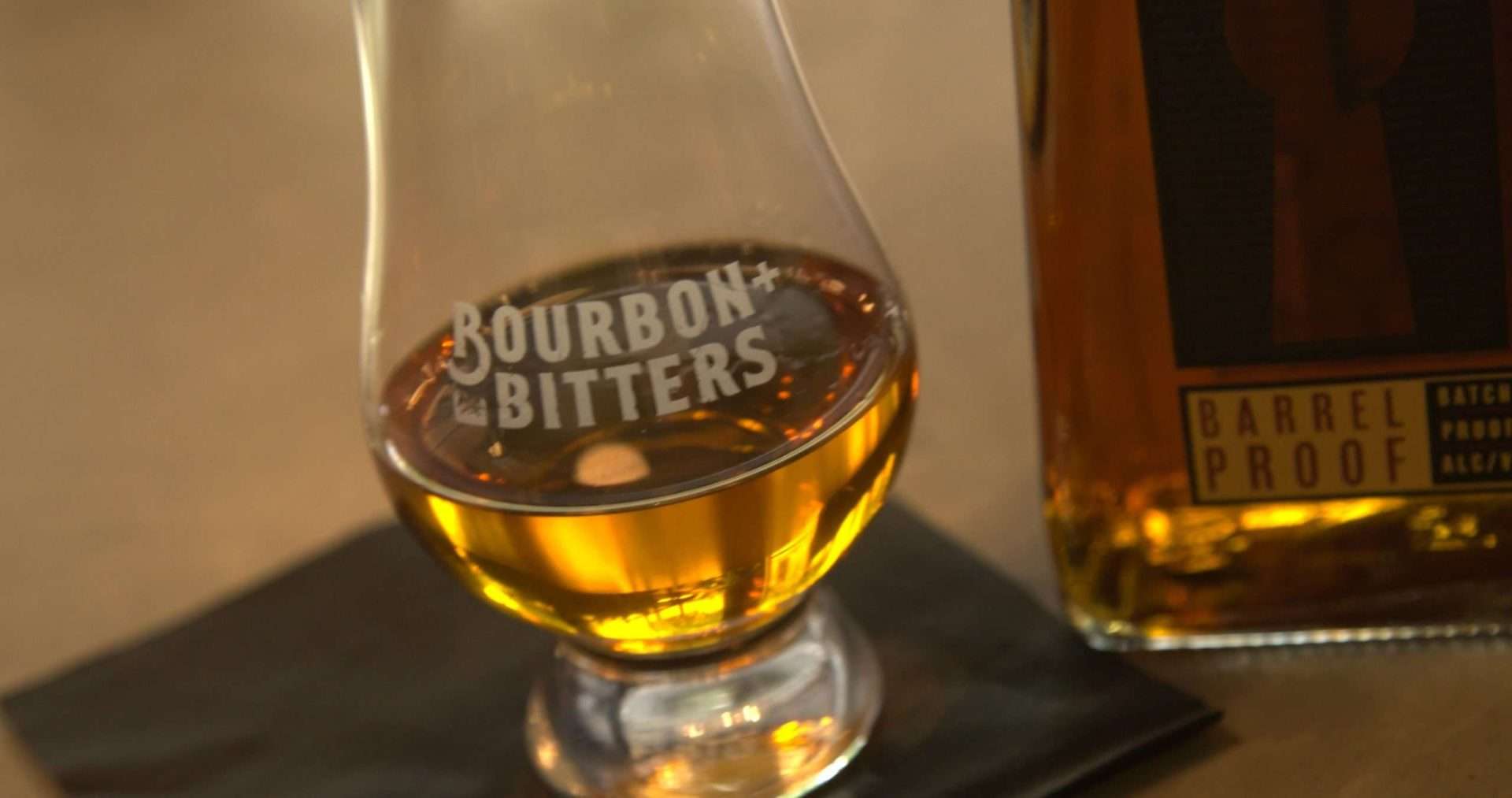To many people, celiac disease represents a set of forbidden foods. For Melissa Fritzler, it’s a day-to-day reality that pervades her entire existence–from buying groceries and cooking at home to social events and going out to eat. From Melissa’s experience, we catch a glimpse of not just the limitations of living gluten-free, but of the resilience, creativity, and determination that it requires to have a complete life beyond restrictions on the food.
Knowing the Scope of Gluten: It’s More Than Bread and Pasta
Melissa soon discovered that gluten lurks in a great deal more than just bread. “Gluten’s present in wheat, barley, and rye,” she said. “Even oats have gluten if they’re not gluten-free certified.” The daunting reality emerged immediately: “The hardest part about this is finding that most of the supermarket actually contains either gluten or cross-contamination of gluten.”
She emphasized the need to learn about labels, challenge “gluten-free” labels and look for hidden ingredients. Something as ordinary as going shopping was turned into a slow and careful search through each label and examining manufacturing methods.
Creating a Safe Home Environment
Within the family home, Melissa and the family adapted practically. Instead of cutting out gluten altogether, they created a system that kept Melissa safe while the children were permitted to eat foods containing gluten. “We reserved a special cabinet and countertop area as strictly gluten-free. No gluten whatsoever could touch that area,” Melissa explained. They even had designated seating at the family table for the purpose of cutting the risk.
Their habits stretched into appliances as well, including individual toasters and meticulous handwashing routines. Melissa insisted that establishing a safe home environment did not take a short time: “It took longer to determine what works and what does not. It’s something that’s not going to happen immediately.”
Grocery Shopping: Exploring the Ais
Melissa characterized shopping as one of the most mentally challenging aspects of the process. Vagueness such as “natural flavors” and confusing labels tends to conceal gluten-laden ingredients. She tells new celiacs: “You’re going to make mistakes. You have to learn from them and not be too hard on yourself.”
She insists that businesses get Certified Gluten-Free, citing the labelling standards of countries such as Canada and Italy as more transparent. “The best a company can do is get certified gluten-free. It’s a gold seal of approval for people who have celiac disease,” she stated.
Eating Out: An Unseen Battle
Eating out offers another kind of challenge. Melissa was disappointed to find that “gluten-friendly” on a restaurant’s label was misleading. “Gluten-friendly, from my experience, generally means that it’s cross-contaminated,” she said.
Melissa often calls restaurants ahead of time to ask specific questions about their food preparation practices: dedicated fryers, separate prep areas, and staff glove changes. Apps like “Find Me Gluten Free” help, but personal diligence remains critical.
“You have to assume nothing’s safe until you have verified it yourself,” she insisted.
Social Life and Emotional Well-being
Changing over to a gluten-free diet effected Melissa’s social life, but she took the challenge head-on. She tends to bring a food of her own when going over friends’ houses. “You’ll feel strange or weird the first time you do it, but you have to do what’s best for you and your body,” Melissa said.
Melissa’s own philosophy is pragmatic: “I’m one of the strange people who don’t actually have any aspiration whatsoever to eat gluten anymore.” Yet she acknowledges that a lot of people have emotional issues as well, and suggests therapy if adjusting proves to be overwhelming.
Beyond Food: Gluten in Common Products
Melissa pointed out the unsuspecting hiding places of gluten: medication, toothpaste, body wash, shampoo, hair sprays, and even the adhesive on envelopes. Her motto was simple and pragmatic: “Presume everything contains gluten unless anything indicates otherwise.”
A Promising Future for Celiacs
In the future, Melissa envisions a food culture and restaurant scene that take celiac disease seriously on a level comparable to the seriousness of peanut allergies. She believes that effective labelling, gluten-free zones, and adequate staff training should be implemented.
She’s careful about future pharmaceutical drugs. “If you’re going to have a disease that’s autoimmune, celiac’s a good one because all you have to do is not eat gluten. I don’t want to exchange that for pills that have side effects.”
Ultimately, Melissa’s goal is simple and powerful: a safer, more inclusive world of food where individuals who have celiac disease can live—and eat—with assurance.
Conclusion: Creating a Safer Table for All
Melissa Fritzler’s journey is one of perseverance, common sense, and a commitment to advocacy. Her personal experience of living not merely the day-to-day management of celiac disease, but the larger necessity of transformative social shift, offers a template and a call to action: that a seat—and a safe plate—at the table belongs to each of us. Stay tuned with Heartland Eats and Treats as we keep bringing you true-to-life stories, perspectives, and advocacy for a more inclusive and healthier dining culture for everybody.













